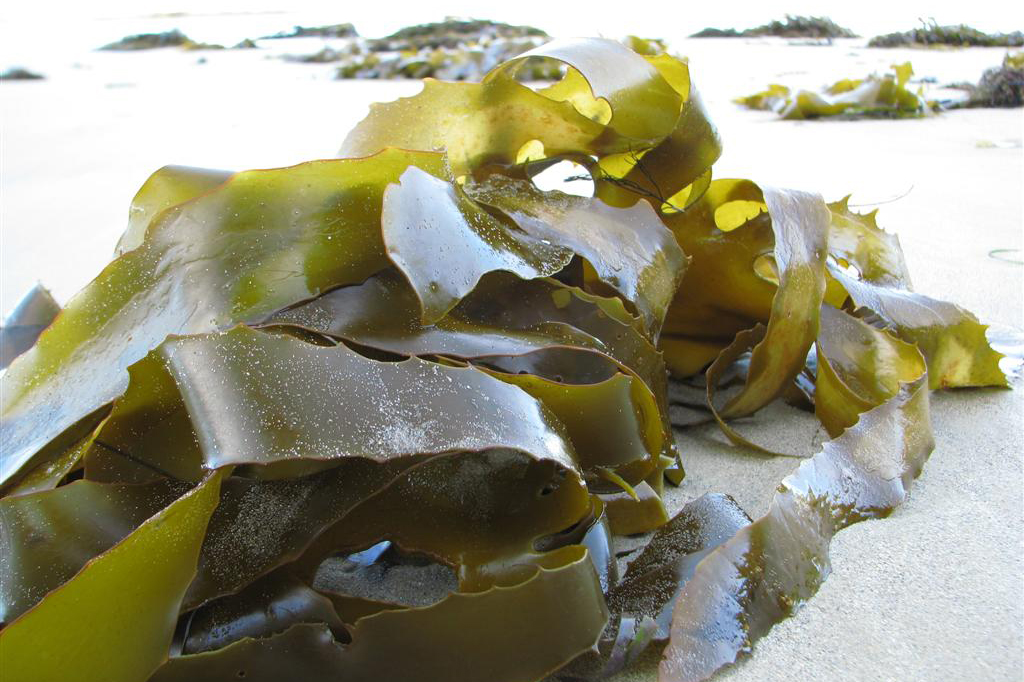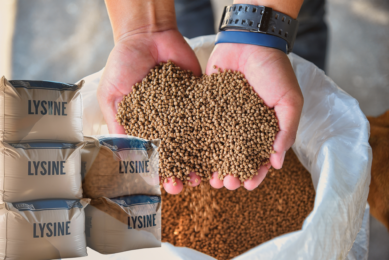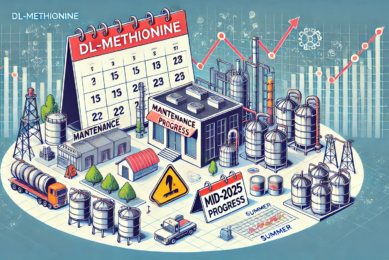Brown algae studied the most for use in feed

A review in the Journal of Animal Feed Science and Technology looked at the different seaweeds available and how they can be used for ruminants, pigs, poultry and rabbits. Which seaweed species are available?
Seaweeds are valuable alternative feeds for livestock, mostly as sources of valuable nutrients, notably chelated micro-minerals, the availability of which is higher than that of inorganic ones. In the table below you can find the amino acid composition of some of the seaweed species and how this compared with the amino acid profile of soybean meal.
Seaweeds include brown algae (Phaeophyceae), red algae (Rhodophyceae) and green algae (Chlorophyceae). Due to their larger size and ease of harvesting, brown seaweeds have been studied and exploited more than other algae types for their use in animal feeding.
Brown algae
Brown algae are the largest seaweeds, up to 35–45 m in length for some species and extremely variable in shape. The most common genera include Ascophyllum, Laminaria, Saccharina, Macrocystis, Nereocystis, and Sargassum. Laminaria and Saccharina have a long history of use in animal feeding in Western and Northern Europe and are still of great economic importance.
Red algae
Red algae have a characteristic bright pink colour caused by biloprotein pigments (R-phycoerythrin and R-phycocyanin).Most marine red algae species occur from low tide marks to 100 m depth. Major red algae genera include Pyropia, Porphyra, Chondrus and Palmaria. In the 19th and early 20th centuries, Palmaria palmata was eaten by sheep and goats in Gotland (Sweden) and by cows in Brittany (France).
Green algae
Green algae are typically green in colour due to the presence of chlorophyll in their chloroplasts. Main genera include Ulva, Codium, Enteromorpha, Chaetomorpha and Cladophora. Ulva lactuca, also called water lettuce, is the most studied among Ulva species. All Ulva species are edible.
Want to know more about seaweed? Look at these great projects:











